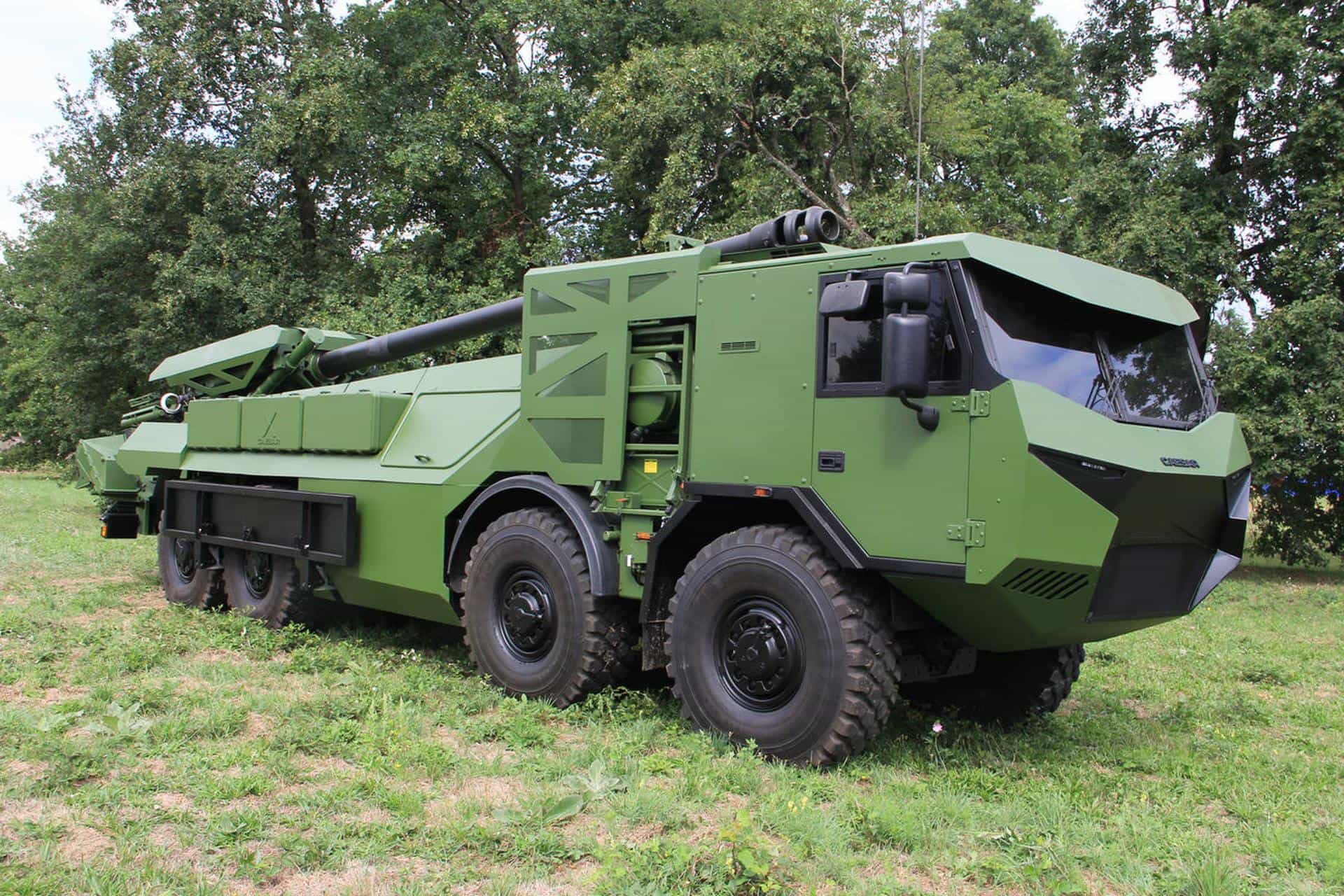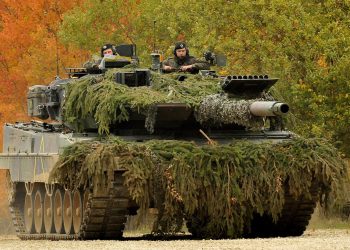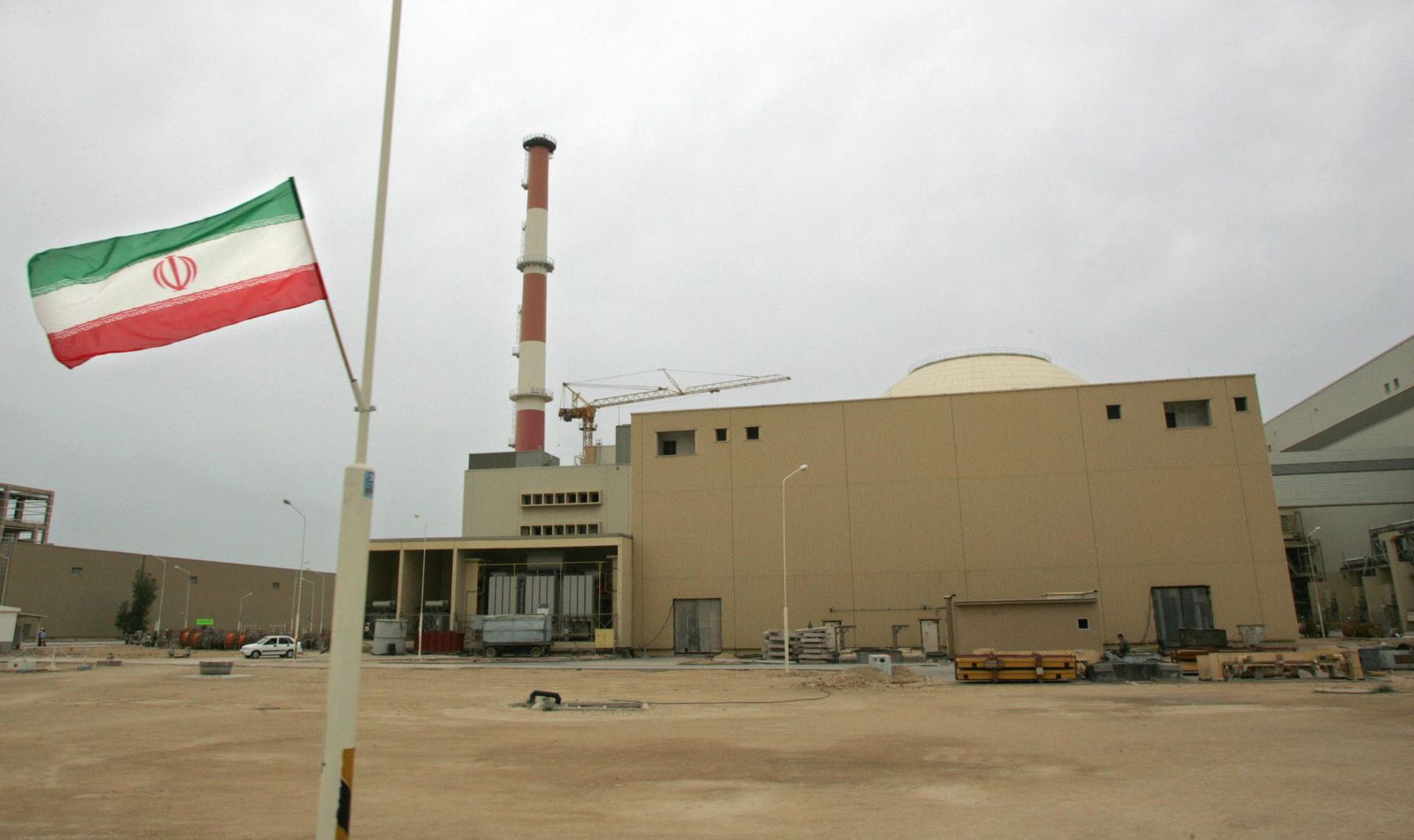WASHINGTON: After World War I, a hit single begged the question, “How do you keep them down on the farm after they’ve seen Paree?”
With the drawdown of U.S. forces under way in Iraq and plans announced to begin reducing forces in Afghanistan after July 2011, Lt. Gen. Jack C. Stultz, the Army Reserve chief, is facing a similar quandary.
His big question is: “How do you keep the Army Reserve relevant, and its Soldiers motivated, if it’s allowed to revert from an operational reserve to its pre-war strategic-reserve status?
Stultz told an assembly of reserve Soldiers today that he wants the Army Reserve to continue supporting the total force and to keep its combat-hardened capabilities sharp after the current conflicts end.
With proven battlefield successes and an Army force-generation process instilling predictability into training and deployment cycles, an operational Army Reserve can continue to fulfill critical military missions, he said.
“There are a lot of requirements out there today from all the [combatant commands] that are going unmet because of the demand in Iraq and Afghanistan,” Stultz said. “And I think, long-term, if we put them in the global requirements system, there will be plenty of opportunities for reserve-component Soldiers to go do things in the future, even with a drawdown in Iraq and Afghanistan.”
With a heavy concentration on combat-support and combat-service-support capabilities, the Army Reserve has a lot to contribute toward combatant commanders’ security cooperation engagements, he said.
Stultz pointed to medical and engineering exercises in which the Army Reserve regularly engages within U.S. Southern Command’s area of responsibility.
Navy Adm. James Stavridis, U.S. European Command and NATO commander who previously served as Southcom commander, said these medical engagements “do more than anything else we do to enhance relationships with the United States, and the way people in those countries view us,” Stultz said.
Rather than limiting these missions to the current two to three weeks, Army reservists could serve longer tours, Stultz said, all within their regularly scheduled force-generation cycles.
The Army introduced the force-generation training and deployment cycle concept in 2006 to ensure there’s always a pool of trained, equipped and deployment-ready troops. For the Army Reserve, the plan means reservists can expect to deploy for up to a year once every five years.
“What I would like to be able to say in the future is, plan a 12-month engagement,” Stultz said, with Army Reserve medical units pulling longer tours – potentially 90 to 120 days longer — to support it. “We could really do a first-class support mission,” he said, possibly rotating various reserve units through for its full duration.
Citing potential missions within U.S. European Command, U.S. Africa Command and U.S. Pacific Command, the general noted “a huge potential to really leverage a lot of capabilities – from logistics to engineers to civil affairs to medical to you name it – to have a huge impact out there.”
The plan would enable Army reservists to maintain their skills, Stultz said, while giving them the predictability of knowing they would be on tap for deployments only one in every five years.
Stultz said his most recent Thanksgiving and Christmas visits to Iraq and Afghanistan reaffirmed how far the Army Reserve has come as an operational force.
“When you get out there in Iraq and Afghanistan and see U.S. Army Reserve units in action, they can hold their own with anybody on the battlefield,” he said. “And commanders across the force say ‘I can’t tell any difference.’… In terms of performance of the unit, they are as good as anybody else.”
The key after the Iraq and Afghanistan conflicts will be to maintain those capabilities on a sustained basis, he said.
While the leadership has a big interest in maximizing Army Reserve capabilities, Stultz said, the Soldiers themselves want to ensure they remain relevant.
“The Soldiers we have signing up today for the Army Reserve are signing up to go do something. They are not signing up for a one-weekend-a-month, two-weeks-in-the summertime Army,” he said. “If we go back to a strategic reserve, with tiered readiness, I think we will have a heck of a time retaining those Soldiers, because that is not what they want.”








